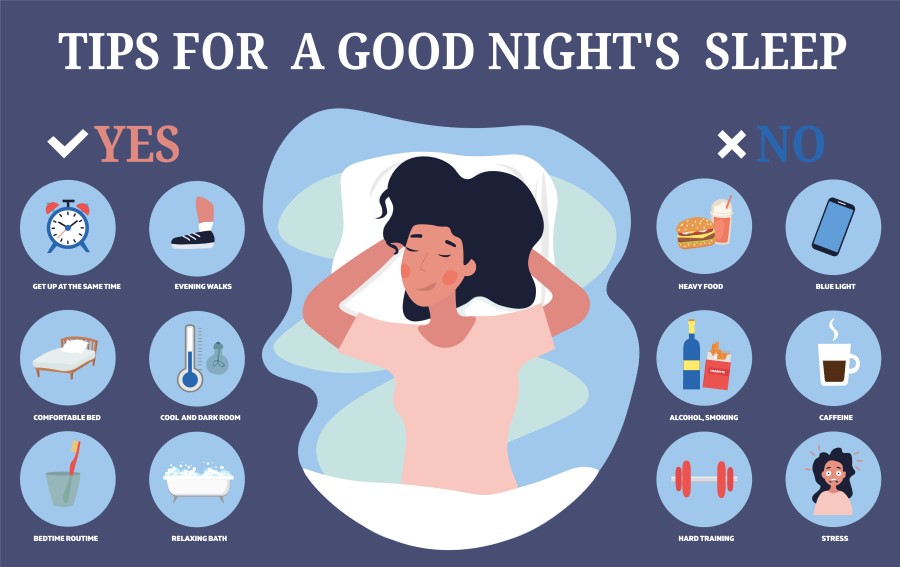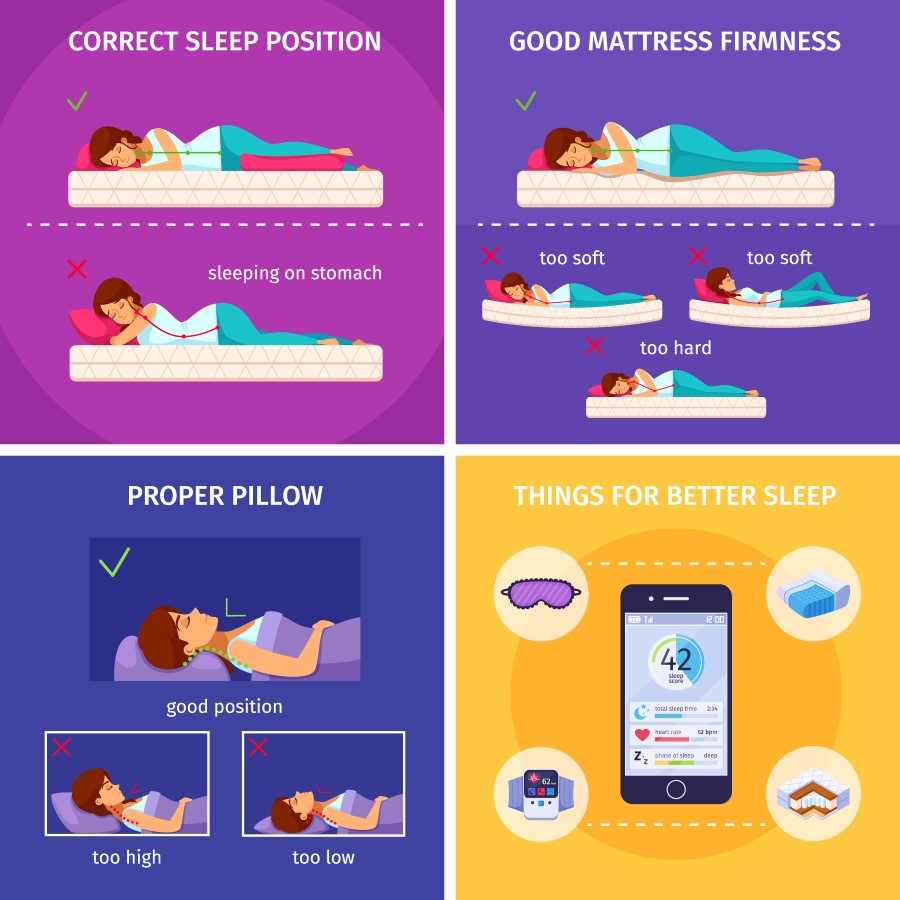
— Lynn Johnston, Canadian Cartoonist
I pulled out all the sleep aids from my bedside table drawer: ear plugs, herbal sleep spray, aromatherapy pulse point essential oil, sleeping tablets, and lavender spray. I’ve tried them all with some success. Having something on hand just in case we can’t sleep can be a good idea. In this second blog post on sleep, I’ll be concentrating on resources and aids.
According to the Centers for Disease Control and Prevention (CDC)1, one third of adults in the United States are not getting a healthy amount of sleep. Why is a good night’s sleep so important? Lack of sleep can lead to chronic illness and conditions such as obesity, heart disease and depression. Vehicle accident statistics show an alarming rate of disability and fatalities after the driver has fallen asleep at the wheel.
In my previous blog, Seven Solutions for a Better Sleep: #1, we looked at 7 areas, each starting with a letter from the word DREAMER:
- DIET
- ROUTINE
- ENVIRONMENT
- ACKNOWLEDGEMENT
- MEDICINE
- ENJOYMENT
- RESOURCES
In this blog I’ll be using the same guidelines.
DIET:
The good news is that there is a range of foods that can promote better sleep. Foods high in tryptophan are recommended. This neurotransmitter helps manufacture serotonin, which is one of the ‘happy hormones’. Serotonin synthesizes melatonin, which is a neurohormone and sometimes called the ‘sleep hormone’.
Suggested diet:
- Beans, lentils, nuts, whole grains and poultry all contain tryptophan.
- Medical News Today2 suggests chamomile tea, walnuts, kiwifruit, warm milk, almonds and lettuce.
- B vitamins and folate also promote sleep.
ROUTINE:
It’s helpful to have a wind-down routine each night.
- Before sleeping, have a shower or soaking bath with some drops of favorite aromatherapy oil.
- Set up a diffuser with a sleep promoting oil such as.
- Read an enjoyable book.
- Have a planner to jot down a to-do list if you are anxious about your up-coming schedule.
- Soothing music can also help with the bedtime ritual.
ENVIRONMENT:
A comfortable environment is conducive to sleep. Temperature control is important.
- In cold weather: Warm up in a hot bath, wear woolly socks, use heat packs to pre-warm the bed, or use an electric blanket.
- In hot weather: Use a fan for cooling the room, or even better, install a ceiling fan. Use a damp washer to cool the neck area, keep water beside the bed for hydration, and wear cotton nightwear.
Safety: if you need to make bathroom visits or tend to children in the night, plug a night light into a power point. It will provide enough light to prevent bumped knees and falls.

ACKNOWLEDGEMENT:
Here is a list of affirmations you can use to help interrupt negative thought patterns and promote relaxation. Before beginning, methodically stretch then relax each area of your body.
Breathe slowly and deeply as you say each of the following affirmations. Take your time and relax between each saying and acknowledge that some nights you will sleep better than others:
- When I can’t sleep, I will acknowledge the situation. Tomorrow I can think about how to reorder my life to enable better sleep next time. Then I will enter my relaxation mode.
- I will sleep when my body is ready.
- I am grateful for all the blessings of the day.
- I have gratitude for a roof over my head and all the comforts I have.
- It’s time to let go and forgive.
- I give my worries to my higher power to deal with.
- The heaviness is lifting and I’m entering my night-rest, my soothing space.
- My forehead, eyebrows and eyes are completely slack and my face is softening into the relaxed calm of sleep. The tension in my body is melting away.
- My body is like a soft feather riding on a drifting cloud towards the tranquility of sleep.
- I welcome the serene and peaceful moment of falling asleep.
MEDICAL
See your medical practitioner for sleep medication and only take it after considering all the side effects. Do your research and be fully aware of these effects.
- Some natural remedies you could try are herbal sleep sprays, magnesium tablets, St John’s Wort tablets and valerian.
- The activity trackers, the Fitbit band and the Oura ring, are both great aids in measuring and evaluating your sleep quality. They can monitor heartrate, and deep and REM sleep, amongst other things. The Oura ring is easy to wear and is even more accurate. It tracks temperature as well and works with iPhone and Android phone apps.
- Sleep apnea: Obstructive sleep apnea (OSA) is a common sleep condition that can contribute to a variety of illnesses. According to the American Sleep Apnea Association 22 million Americans suffer from OSA, with 80 percent of moderate and severe cases undiagnosed3. Various appliances and devices are available to help apnea sufferers.
ENJOYMENT:
We spend roughly one third of our lives sleeping so we should aim to enjoy our rest and another way is to choose comfortable bedding.
- If your mattress is uneven, too hard or lumpy, consider a mattress topper.
- Cotton is the most natural and popular choice for sheets—and flannel sheets are cosy for winter. Bamboo is also a natural choice, but it crushes more.
- Pillow selection is important. Choose the pillow that suits your sleeping style.
Many prefer memory foam or duck feather and down pillows If you don’t like weight on your body at night, a duck feather and down quilt is a good option.

RESOURCES:
Books:
- A good book to read on sleep is Matthew Walker’s Why We Sleep: Unlocking the Power of Sleep and Dreams. It details the importance of adenosine and melatonin on our brains, the patterns of sleep, and the effects of alcohol and caffeine on our sleep.
- If you want spiritual help, the book Try God’s Peace for When you Can’t Sleep by Christina Vinson, gives solutions for a number of issues that may disturb our sleep like fear, financial worries, grieving and exhaustion.
Apps:
- There are many apps created to assist better sleep. Some recommended ones are: Slumber, Headspace, Relax Melodies and Sleep sounds.
Receive extra resources by subscribing to my free monthly newsletters and blogs at Live a Better Life towardsrecovery.com.au.
1. https://www.cdc.gov/sleep/index.html

 Seven Solutions For Better Sleep: #1
Seven Solutions For Better Sleep: #1